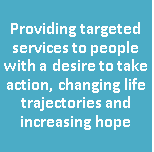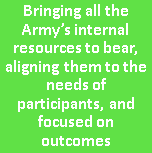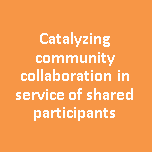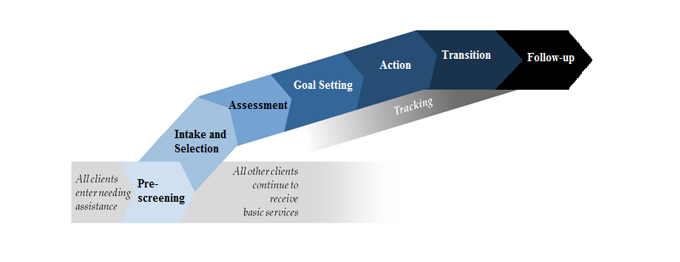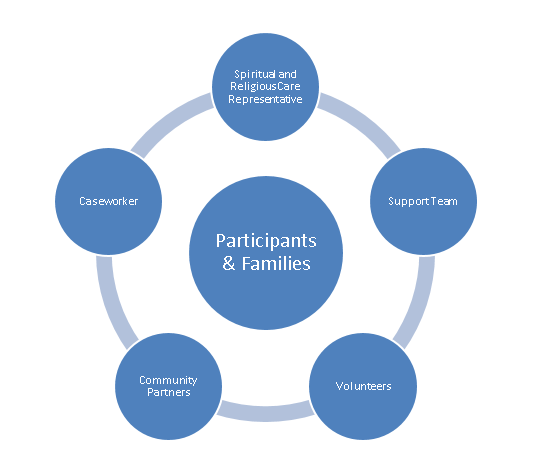Please contact us for more information by emailing Sandra, our Pathway of Hope Caseworker.
or call (778) 484-9796
High impact strengths-based case management approach designed for The Salvation Army
Identifying and addressing root cause issues for people experiencing poverty
Intensive individualized support for participants to achieve short and long-term goals
Using intentional care to build and transform community (integrated mission)
While Pathway of Hope can be used in supporting individuals or families, one aim of the initiative is to alleviate intergenerational poverty. Studies have shown that the longer a child is in poverty, the greater the chance he or she will remain in poverty as an adult. Positive change in the lives of parents can create better living conditions for children, and give the work of The Salvation Army a deeper impact. Over time, helping people to achieve stability could reduce the dependence of future generations on The Salvation Army’s services.
Canadians experiencing poverty are increasingly vulnerable. Today, about 3.4 million Canadians, including over 622,000 children live in poverty.
Breaking the Cycle… People experiencing poverty often face a cycle of recidivism – where they move from crisis to crisis remaining vulnerable. The Pathway of Hope approach focuses on supporting people in achieving stability through strengths-based case management. We walk alongside participants to support them in shifting their life’s trajectory from repeated crises toward sufficiency. There are four general stages that encompass this journey: (1) crisis, (2) vulnerability, (3) increasing stability, and (4) sufficiency.


